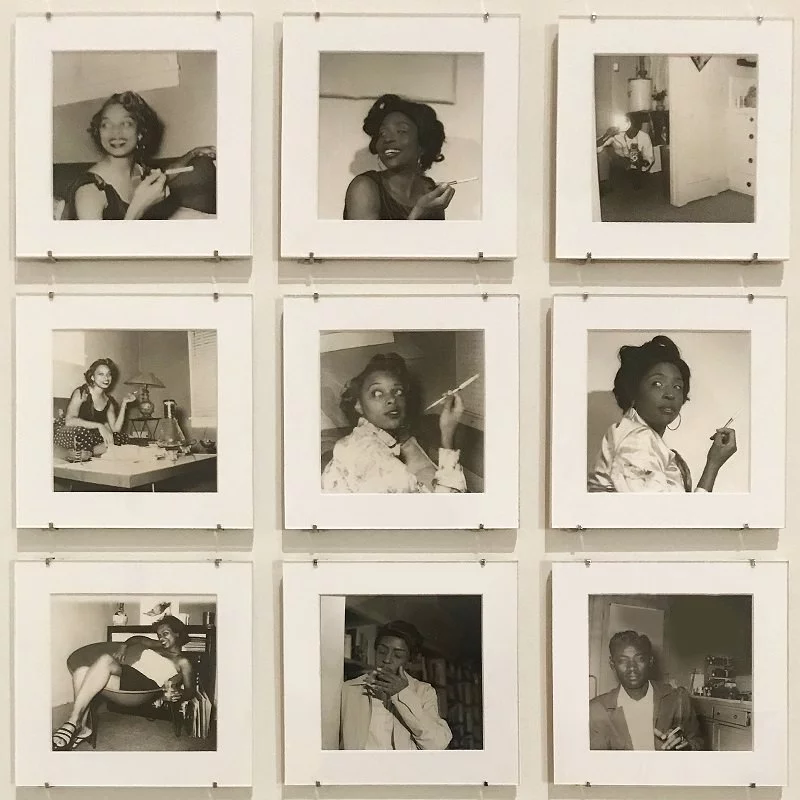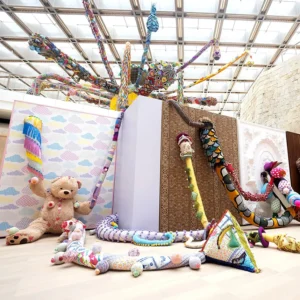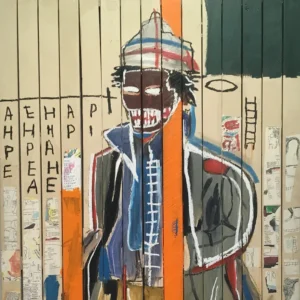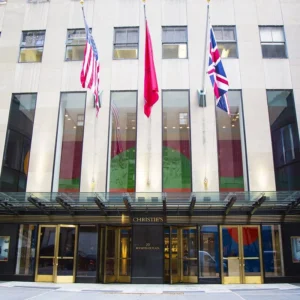While the term Feminist Art is used frequently within the circles of the art world, and even mainstream popular culture, you may not know what it actually means. Feminist Art has an influential and innovative history as well as a profound impact on the art we see being made today. In this article, we are going to break down what Feminist Art is, scrutinize its origins and evolution, and highlight prominent feminist artists.
What is Feminist Art?
Feminist Art is an approach to art focused on themes that relate to the lives of females. The term originated in tandem to the major developments in feminist theory witnessed in the 1960s and 70s.
Female artists and their male allies reimagined what womanhood meant, glorifying the unique aspects of the female experience, breaking down notions of ‘femininity’, and exposing the deeper societal and systemic issues faced by the female gender.
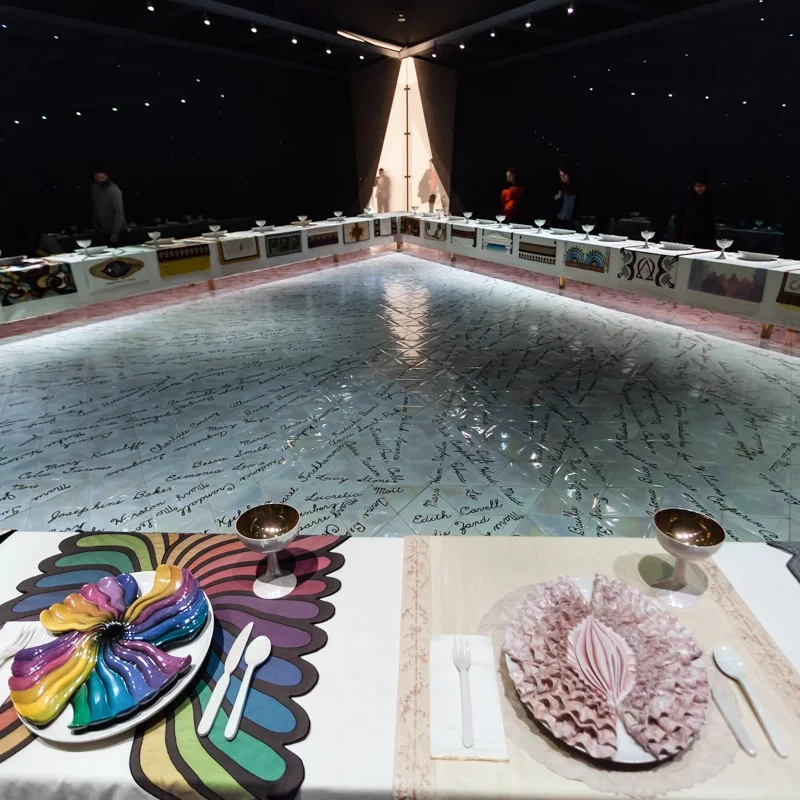
In the world of Modern Art, we saw Feminist Art gaining traction with artists like Judy Chicago. She challenged how women were viewed in the scope of history through her enormous and engaging installations. In the late 1980’s, the infamous activist artists known as the Guerilla Girls gained momentum with works such as “Do Women Have to Be Naked to Get Into the Met. Museum?”, a critique of the way our museums collected and exhibited the works of women.
In the world of Contemporary Art, we see the art being created aligning with modern feminist theories and relevant issues correlating with the latest waves of feminism. The waves of feminism have reflected the issues of the time; First Wave confronted issues of suffrage followed by the Second Wave where critical issues such as reproductive rights took precedent.
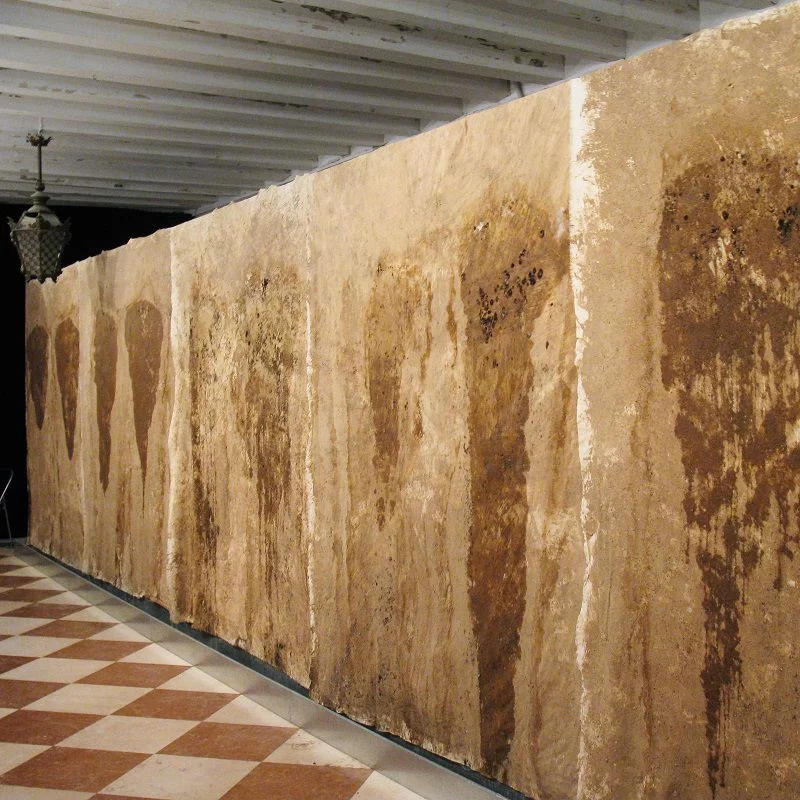
Now, we are emerging from Third Wave. In this wave of feminism, we saw a reclamation of all aspects of femininity, allowing things like domesticity and sexuality to be redefined by females themselves. Today, there is a growing acceptance that we have entered Fourth Wave feminism, a critical approach that engages with what we call intersectional feminism. This methodology allows individuals to share the stories and voices of our marginalized female populations across the world, an approach that has been largely influential on contemporary artistic creation.
Feminist Art is not as easily definable as a medium. Feminist Art is rooted in the experiences of the female gender. This can mean artists taking back so-called feminine activities such as textiles and elevating them into high-art or creating works that tackle issues of inequality and sexism. Feminist Art is about what makes females unique but can easily be overlooked in society.
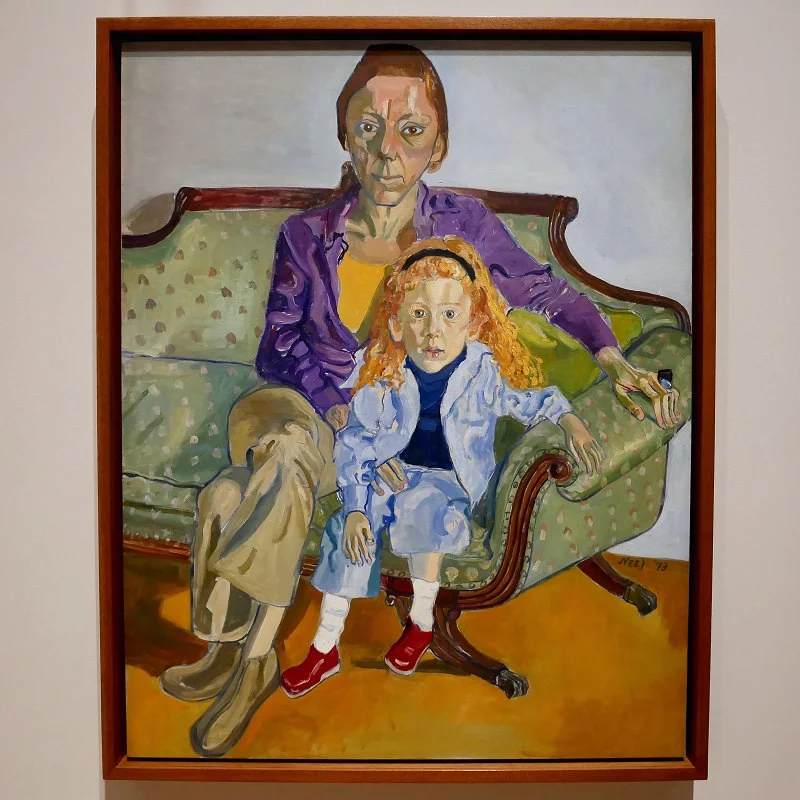
Where Did the Women Go? Understanding Feminist Art in History
While there are countless essays and scholarly articles about Feminist Art, it is impossible to talk about the topic without recognizing the legendary Linda Nochlin. Her 1971 essay “Why Have There Been No Great Women Artists?”challenged the art world and the canon of western art history.
While it may be hard to believe today, this essay exposed how women around the world and throughout the eras went underappreciated in favor of the supposed ‘masters’ and ‘geniuses’ of history, typically white men. Nochlin’s work challenged the long-standing institutions of the art world that denied women success in their careers as artists.
Her work translated the growing feminist movements of the time into a new methodology for understanding art as a whole, inspiring generations of feminist artists and art historians, and combatting patriarchal systems within the art world.
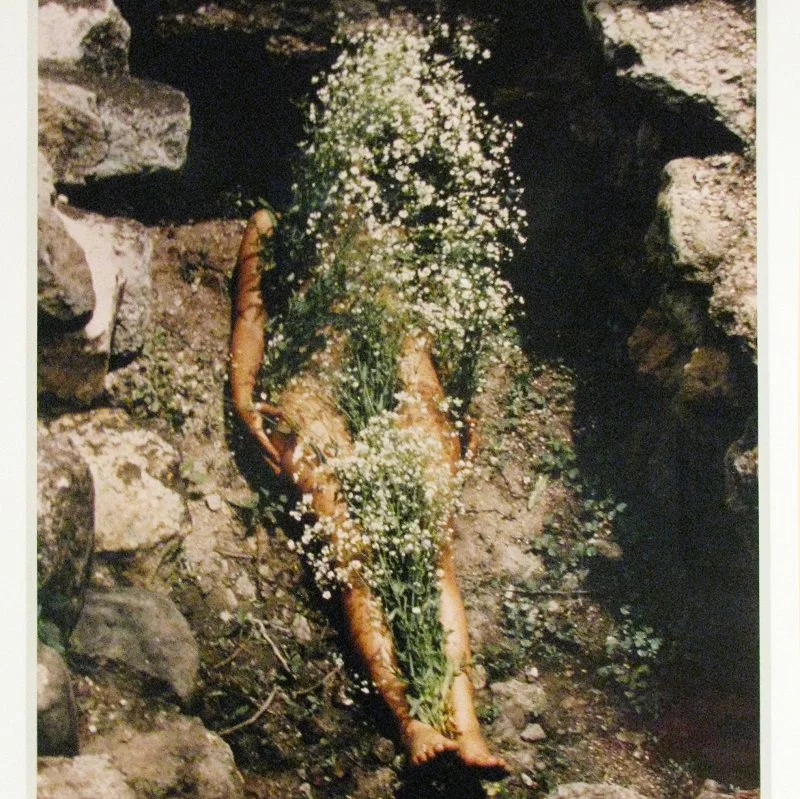
Prominent Feminist Artists to Know
The growing realm of Feminist Art hosts countless influential artists. Below is a list of some of the names of famed and contemporary feminist artists you will undoubtedly come across when understanding how Feminist Art came to be and has taken shape today.
- Ana Mendieta (Conceptual Art, Body Art, Land Art)
- Yoko Ono (Conceptual Art, Fluxus Movement)
- Cindy Sherman (Critical Photography, Postmodernism)
- Marina Abramović (Conceptual Art, Performance, Endurance Art)
- Kiki Smith (Minimalism)
- Carolee Schneemann (Neo-Dada, Fluxus, Performance Art)
- Louise Bourgeois (Surrealism, Sculptural Installation)
- Eva Hesse (Postminimalism)
- Signe Pierce (Cyberart & Cyberfeminism)
- Lorna Simpson (Post-Blackness, Conceptual Art)
- Yayoi Kusama (Pop Art, Minimalism)
- Barbara Kruger (Postmodernism, Conceptual Art)
- Pipilotti Rist (Video and Installation Art)
- Emma Sulkowicz (Performance Art)
- Teresa Margolles (Conceptual & Performance Art)
- Jenny Holzer (Conceptual Art, Text-Based Art)
- Linda Stark (Pop Art, Mixed-Media)
- Favianna Rodriguez (Activist Art, Public Art, Printmaking)
- Alison Saar (Critical Race, Sculptural Installation)
- Yvette Mayorga (Multimedia & Collage)
Making Their Mark: Feminist Artists From Their Origins to Today
To help comprehend how Feminist Art was put into practice, we will examine some of the most famous and innovative interpretations of the movement. This overview explores various mediums from Feminist Art’s origins through the contemporary.
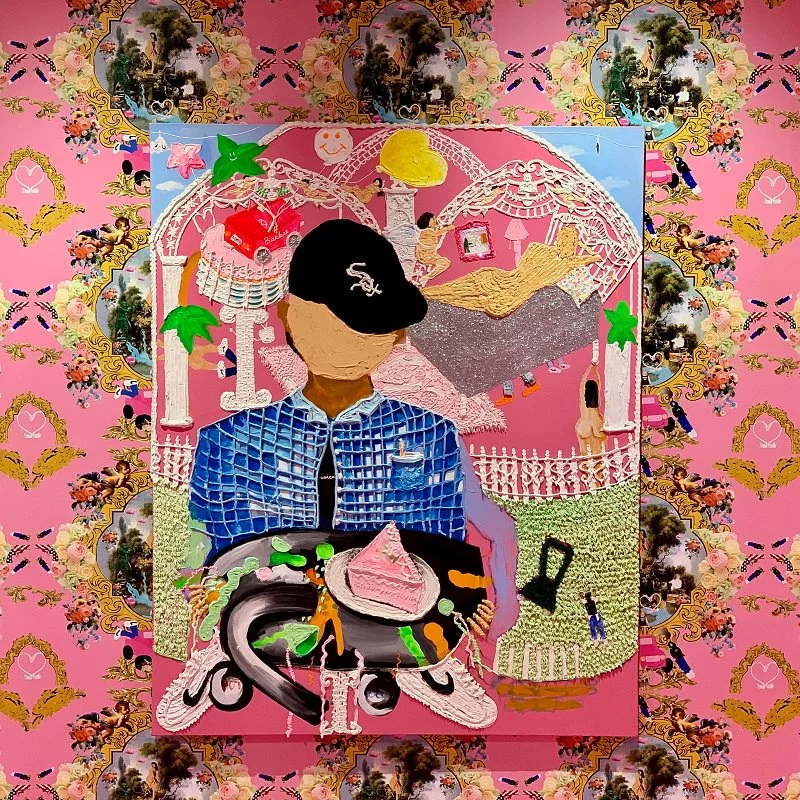
Feminist Painting
The medium of painting is one of the oldest and most revered, making it as relevant today as it has ever been. From figurative art to abstract art, feminist painters have disrupted the notions of the medium to showcase issues of feminism.
One of the most notable Feminist artists is Frida Kahlo. While her time with the surrealists may overshadow her as a feminist artist, it is important to understand her work through this lens. She explored the unique experience as a woman amongst the turmoil of politics, the impact of industrialization on the female body, and even issues of mental health in the wake of a miscarriage. Kahlo, while practicing art ahead of an official declaration of the Feminist Art movement, was a pioneer of the practice.
Feminist Sculpture
Feminist Art not only depicted new relevant female subjects in sculptural forms but upended notions of femininity as a bodily aesthetic. These feminist artists reclaimed and glorified the female body. French-American sculptor Niki de Saint Phalle for instance, recreated the female form in absurd, organic, and colorful forms meant to show the divine internalized female spirit laid bare, literally, on the body.
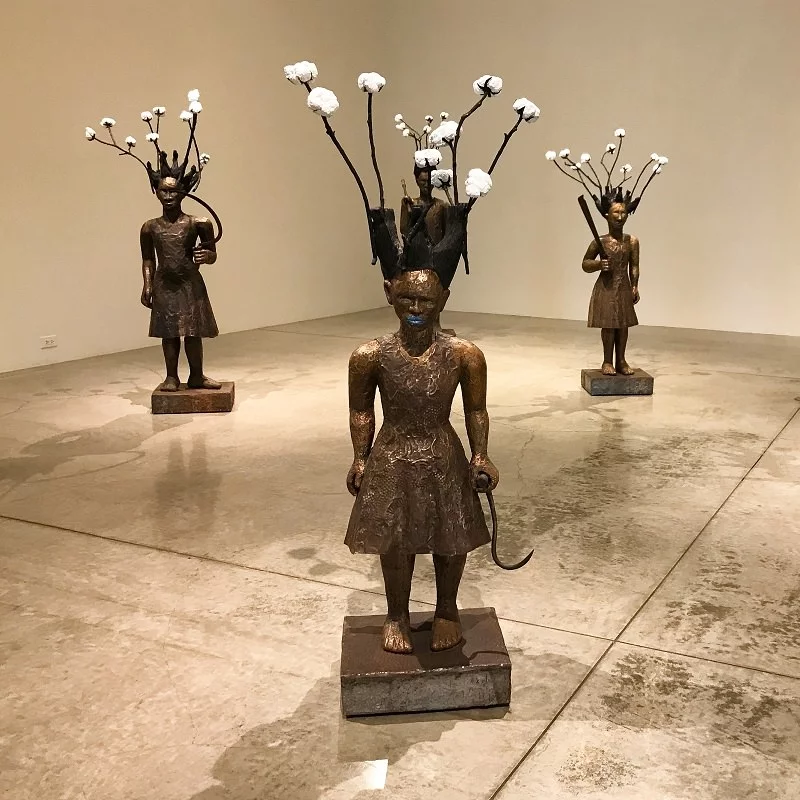
Feminist Video & Digital Media Art
The rise of video and digital media has presented artists with new methods of expressing and representing the female experience. This brought a level of authenticity, vulnerability, and relatability to female stories. Amongst those who embraced the medium was Howardena Pindell. She utilized film in her iconic work “Free, White and 21” to expose the inherent racism she experienced as a woman in 1980’s New York City.
Feminist Installation Art
Kara Walker’s installations, teach us about where the female experience intersects with issues of race throughout the scope of American history. Her work, which includes everything from monumental sculptures like “A Subtlety” to her iconic silhouettes, immerses us in experiences that challenge what we have been taught in school and how we have been programmed to perceive racial inequality along the lines of gender. She asks us to question where we came from and where we are going in an attempt to understand the role of black women amidst the nation’s history of tragedy and injustice.
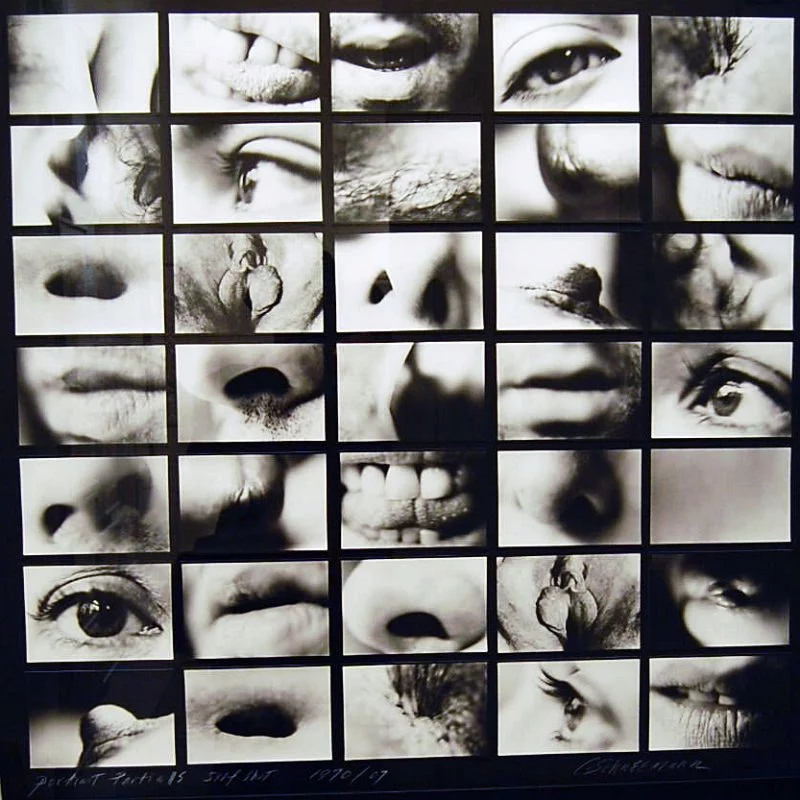
Feminist Performance Art
One of the top contemporary Irish artists, Áine Phillips, uses her performance art to captivate viewers with the experiences of women unique to her country. Tackling a wide array of issues including violence, history, domesticity, and menstruation, her performance pieces, like the iconic “Red Weight”, put her body in situations that add intensity to her advocacy for rights and equality of women.
These examples of the ways artists have approached Feminist Art through different mediums represent just a small cross-section of what has occurred in the world of art, and yet, it is obvious to see how these women and females transformed the artistic landscape for us today.
Who Runs the World? The Contemporary Feminist Art Scene
Now that we have established the history, trajectory, and the art we are seeing made today, it is easier to understand why Feminist Art has been such an influential movement for both art and theory. The work of the women in modern art, and the conviction of those in the contemporary, have led to an explosive growth of women in the art world and their rightful recognition.
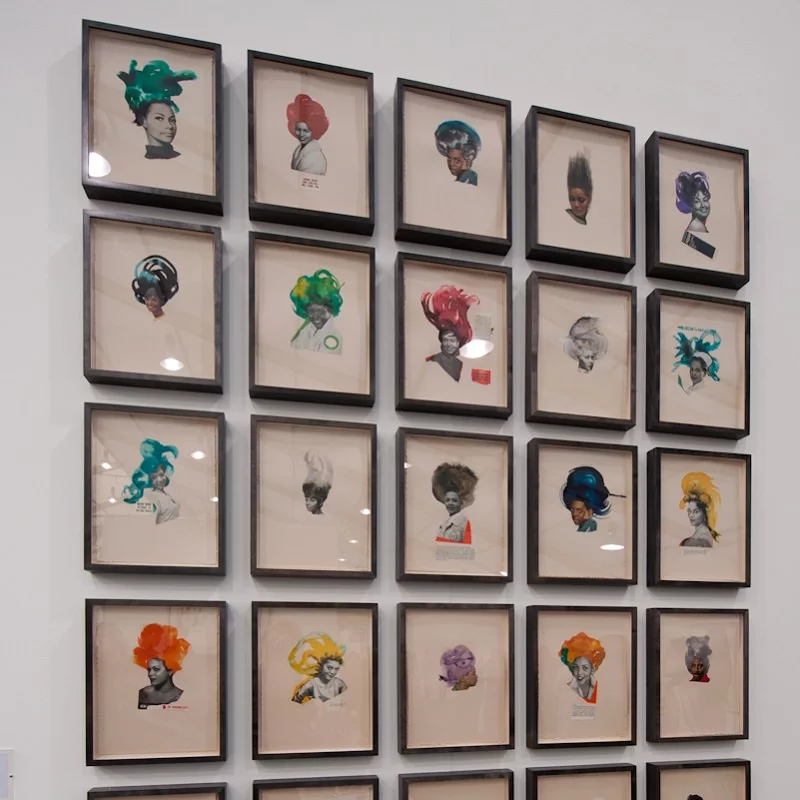
In the wake of social justice movements such as Me Too and Black Lives Matter, amongst countless others, we see the stories of intersectional women and females finally being told, heard, and respected. We have witnessed the prestigious Venice Biennale rising to a record 53% representation of women in 2019. Major accomplishments such as this reveal how the scales of gender-based representation are beginning to shift towards more inclusive practices. However, despite these strides, we still see statistics such as major permanent collections being over 80% male and white artists, proving there is more work yet to be done.
Since Linda Nochlin’s proclamation in the 1970’s, females have heeded her message and worked hard to reclaim their place. As we witness a continual growth of feminist art being exhibited, collected, and gaining fame, contemporary feminist artists are working hard to make sure the tides of equality continue to shift.
Multidisciplinary artist Nancy Atakan’s performative videos incorporate traditional handcrafted mediums associated with femininity to undermine the systems of control that burden our modern world. Cultural Threads is a virtual exhibition featuring three video works by Atakan, spanning over a decade of her career. Influenced by concepts of gender, tradition, and multiculturalism, each piece takes a closer look at specific activities that challenge our understanding of acceptable participation in cultural practices and redefine ideas of women’s work.

